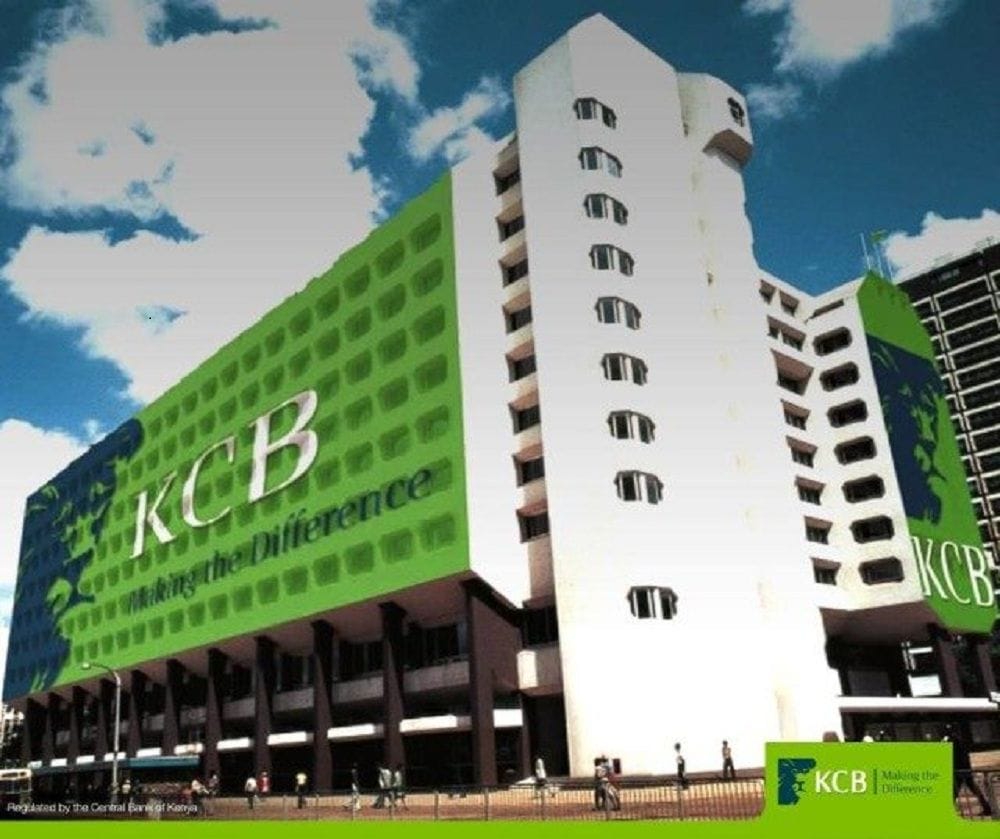In Summary
- In 2025, African commercial banks recorded an average brand value increase of 22% and a collective $15.2 billion in new value generated.
- The Net Interest Income in the African Banking market is projected to reach US$205.53 billion.
- Kenya currently has the highest number of commercial banks in Africa, with a record of 38 registered commercial banks. It is closely followed by Egypt with 36.
Deep dive!!
African banking brands are experiencing significant growth—which reflects a dynamic interplay of economic growth, regulatory reforms, and financial inclusion initiatives. At the turn of the century, the banking sectors across these African countries demonstrate a commitment to regulatory reforms, financial inclusion, and economic development. Although challenges persist, the ongoing initiatives and policy adjustments continue to shape a more resilient and inclusive financial landscape across the continent.
According to the African Banks Outlook 2025, even though commercial banks in the continent remain exposed to domestic and global operating environment risks, they are showing a good degree of resilience. However, the report revealed that reduced interest rates will likely underpin demand for credit and, combined with less volatile exchange rates, support confidence and investments.
Currently, commercial banks in Africa have an average brand value increase of 22% and a collective $15.2 billion in new value generated. The Net Interest Income in the African Banking market is projected to reach US$205.53 billion by the end of the year, primarily driven by Traditional Banks.
In this article, we provide an in-depth analysis of the top 10 African countries with the highest number of commercial banks, examining their banking policies, systems, and economic contexts. Check them out!
Here are the Top 10 Countries with the Most Commercial Banks in Africa in 2025
10. Ghana – 23 Commercial Banks
Ghana’s banking sector, with 23 commercial banks, has undergone significant reforms to enhance stability and resilience. The Bank of Ghana (BoG) has implemented measures to improve corporate governance, risk management, and capital adequacy within the sector. These reforms aim to foster a robust banking environment that supports economic growth and financial inclusion.
9. Uganda – 24 Commercial Banks
Uganda’s banking sector comprises 24 commercial banks, overseen by the Bank of Uganda (BoU). Recent regulatory developments include the amendment of the Financial Institutions Act to allow licensed financial institutions to offer Islamic banking products without prior approval from the Central Shari’ah Advisory Council. Additionally, banks are required to have a minimum paid-up capital of UGX 150 billion by June 2024, aimed at strengthening the sector’s resilience.
8. Nigeria – 24 Commercial Banks
Nigeria’s 24 commercial banks are regulated by the Central Bank of Nigeria (CBN), which has implemented several reforms to strengthen the sector. In 2025, the CBN mandated banks to bolster their capital by March 2026, with specific capital requirements based on the scope of operations. Additionally, the CBN introduced a new compliance department and launched the Electronic Foreign Exchange Matching System (EFEMS) to enhance transparency in the FX market.
7. Côte d’Ivoire – Over 30 Commercial Banks
Côte d’Ivoire’s banking sector, with over 30 commercial banks, is a key player in the West African Economic and Monetary Union (WAEMU). The sector benefits from a stable macroeconomic environment and ongoing reforms aimed at enhancing financial inclusion and digital banking services.
6. South Sudan – Over 30 Commercial Banks
South Sudan’s banking sector includes over 30 commercial banks, regulated by the Bank of South Sudan (BoSS). In 2023, BoSS launched a five-year strategic plan aimed at achieving price stability and establishing a sound financial system. The plan focuses on reducing reliance on imports, promoting digital transactions, and boosting investor confidence.
5. Sudan – Over 30 Commercial Banks
Sudan’s banking sector, comprising over 30 commercial banks, operates under challenging economic conditions, including high inflation and currency instability. The Central Bank of Sudan oversees the sector, which is gradually implementing reforms to stabilize the economy and attract investment.
4. Ethiopia – Over 30 Commercial Banks
Ethiopia’s banking sector, traditionally dominated by the state-owned Commercial Bank of Ethiopia (CBE), is undergoing significant reforms. In 2024, the government passed legislation allowing foreign banks to establish local subsidiaries and acquire shares in domestic banks, with foreign ownership capped at 40%. Additionally, plans are underway to lift the private sector credit cap by September 2025, aiming to create a more market-oriented financial system.
3. Tanzania – 34 Commercial Banks
Tanzania’s 34 commercial banks reflect a liberalized banking environment that encourages competition and innovation. The Bank of Tanzania (BoT) has facilitated the entry of foreign banks, bringing international best practices to the sector. The adoption of agency banking models has extended financial services to remote areas, enhancing financial inclusion.
2. Egypt – 36 Commercial Banks
Egypt’s banking sector comprises 36 commercial banks, regulated by the Central Bank of Egypt (CBE). The sector operates under Law No. 194 of 2020, which expanded the CBE’s supervisory role and introduced regulations for fintech and e-payment activities. In April 2025, the CBE reduced interest rates by 225 basis points, signaling a shift towards monetary easing amid declining inflation. Additionally, Egypt’s $8 billion IMF bailout package includes reforms aimed at enhancing private sector participation and financial stability.
1. Kenya – 38 Commercial Banks
Kenya leads with 38 commercial banks, underscoring its robust and competitive banking sector. The Central Bank of Kenya (CBK) oversees a diverse mix of local and international banks. The country’s emphasis on financial inclusion is evident through initiatives like mobile banking platforms (e.g., M-Pesa) and agency banking models, which have significantly increased access to financial services. In 2025, Kenya secured $600 million in short-term financing from commercial banks to fund road construction projects, highlighting the banking sector’s role in infrastructure development.
https://www.africanexponent.com/top-10-countries-with-the-most-commercial-banks-in-africa-in-2025/


